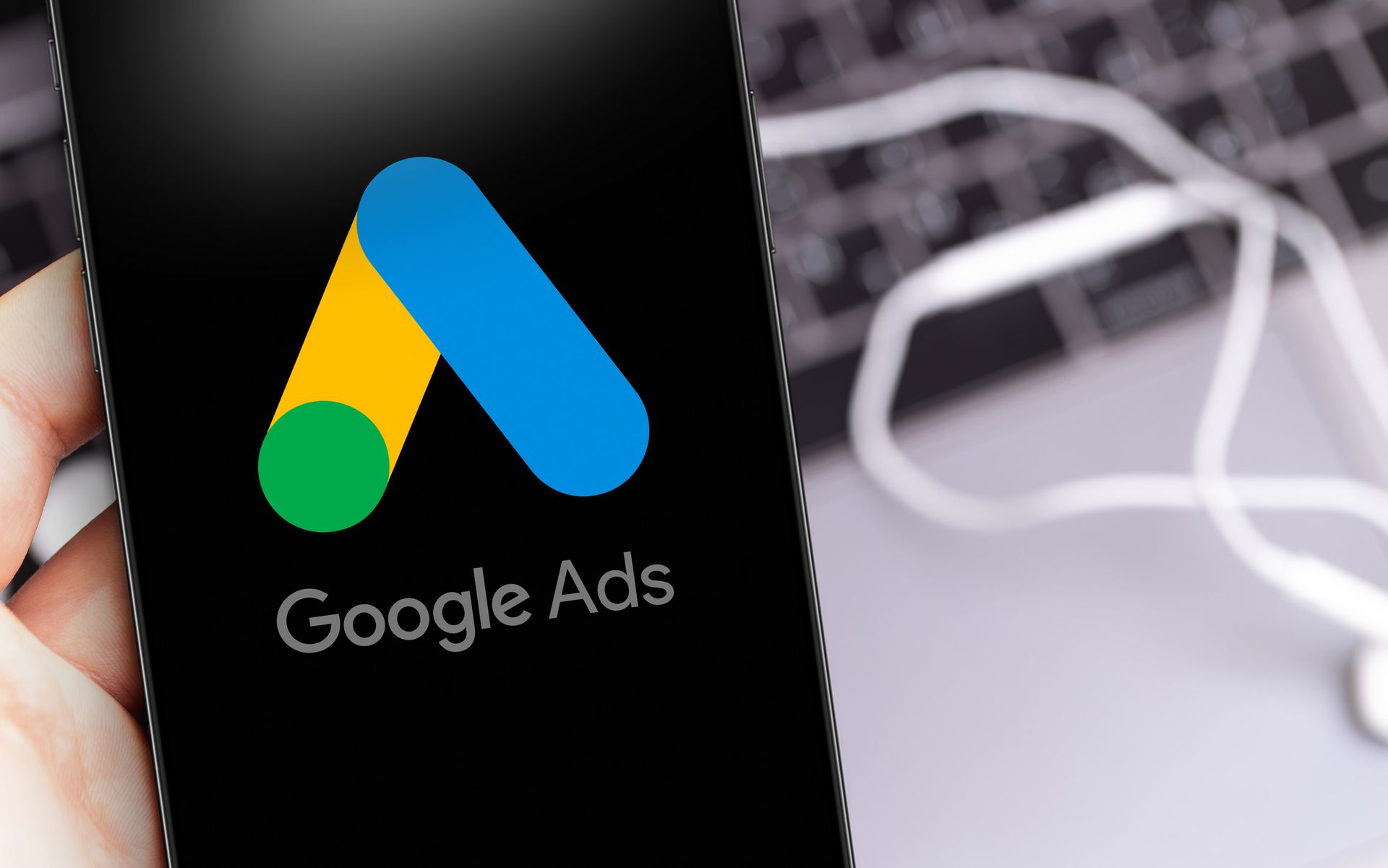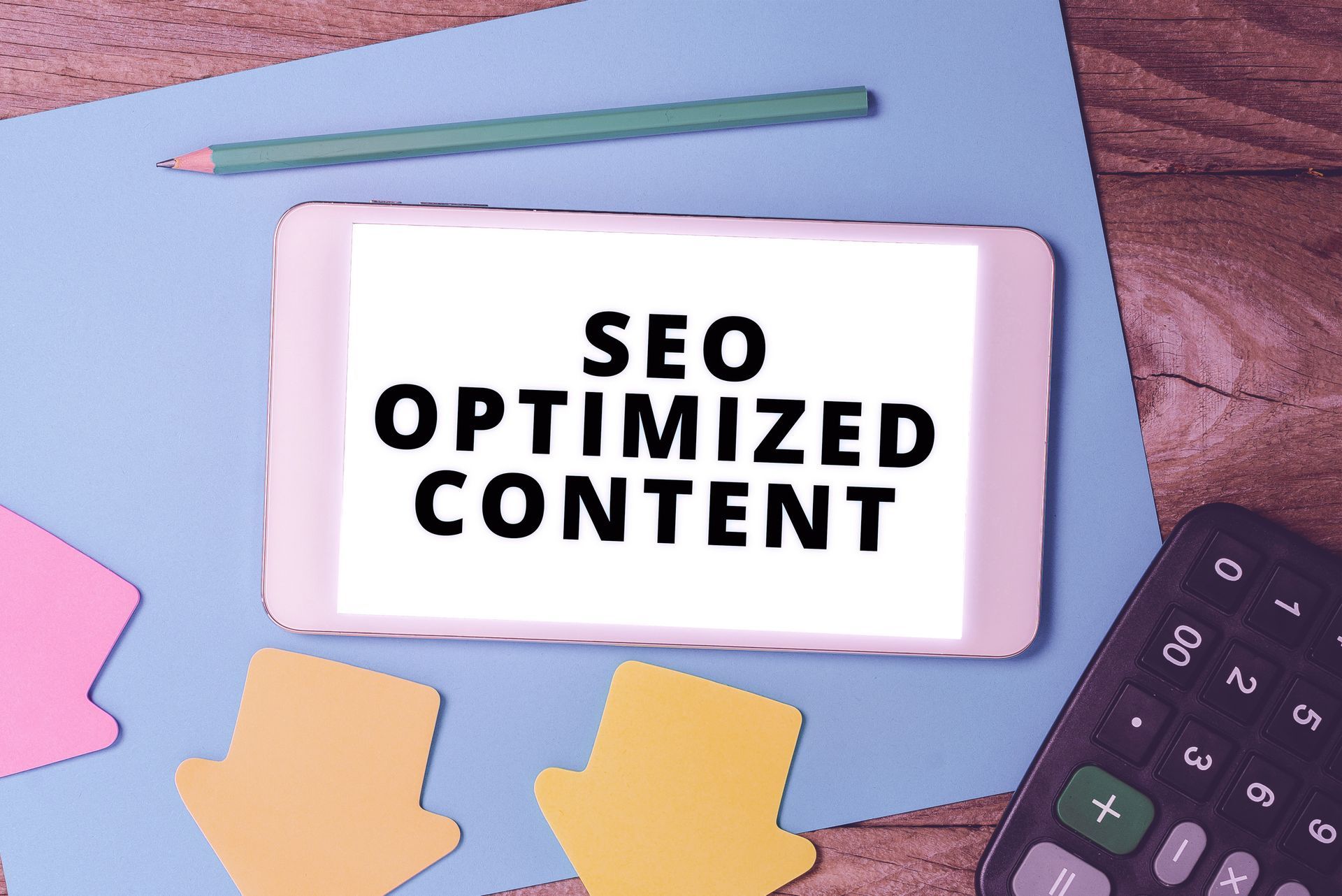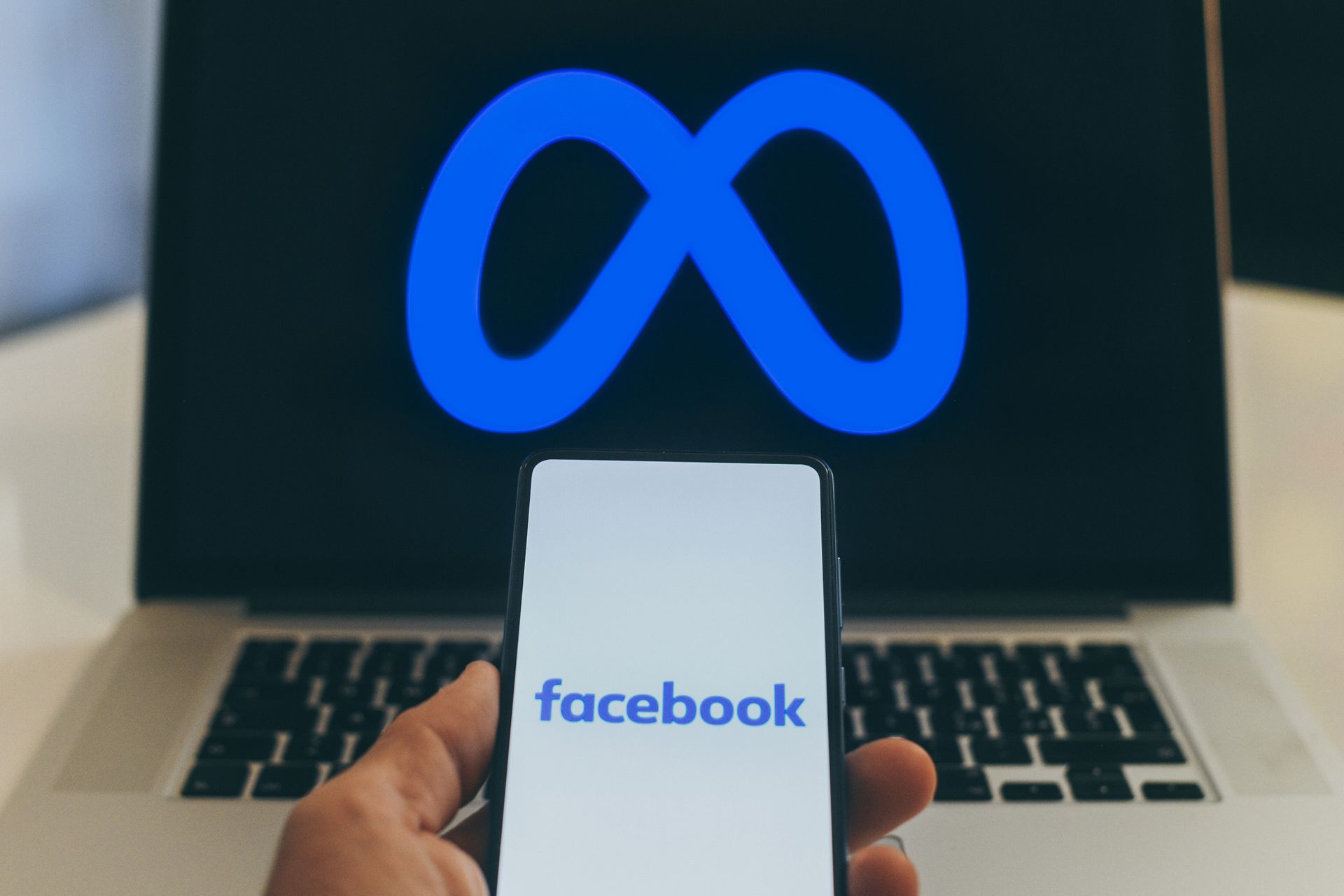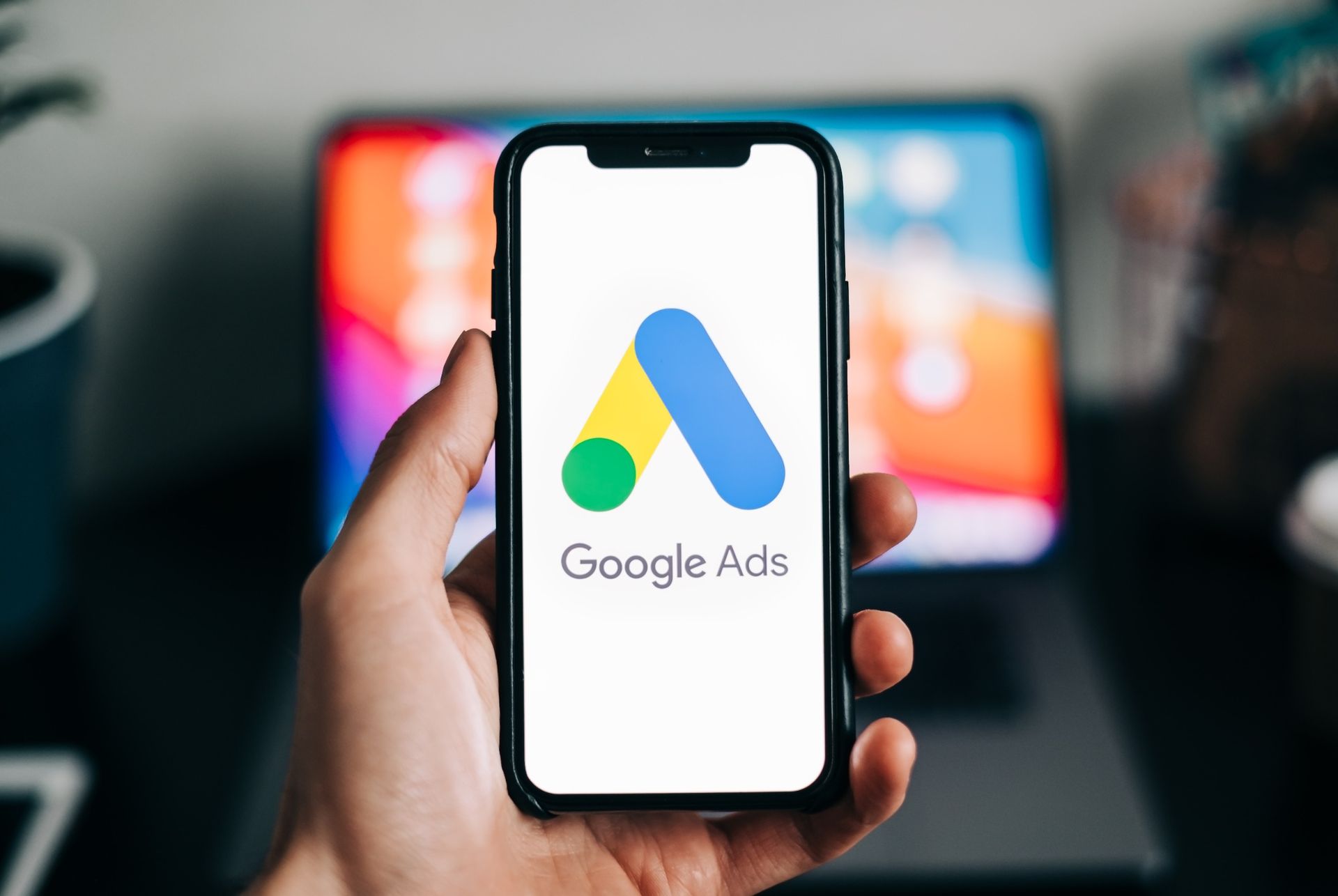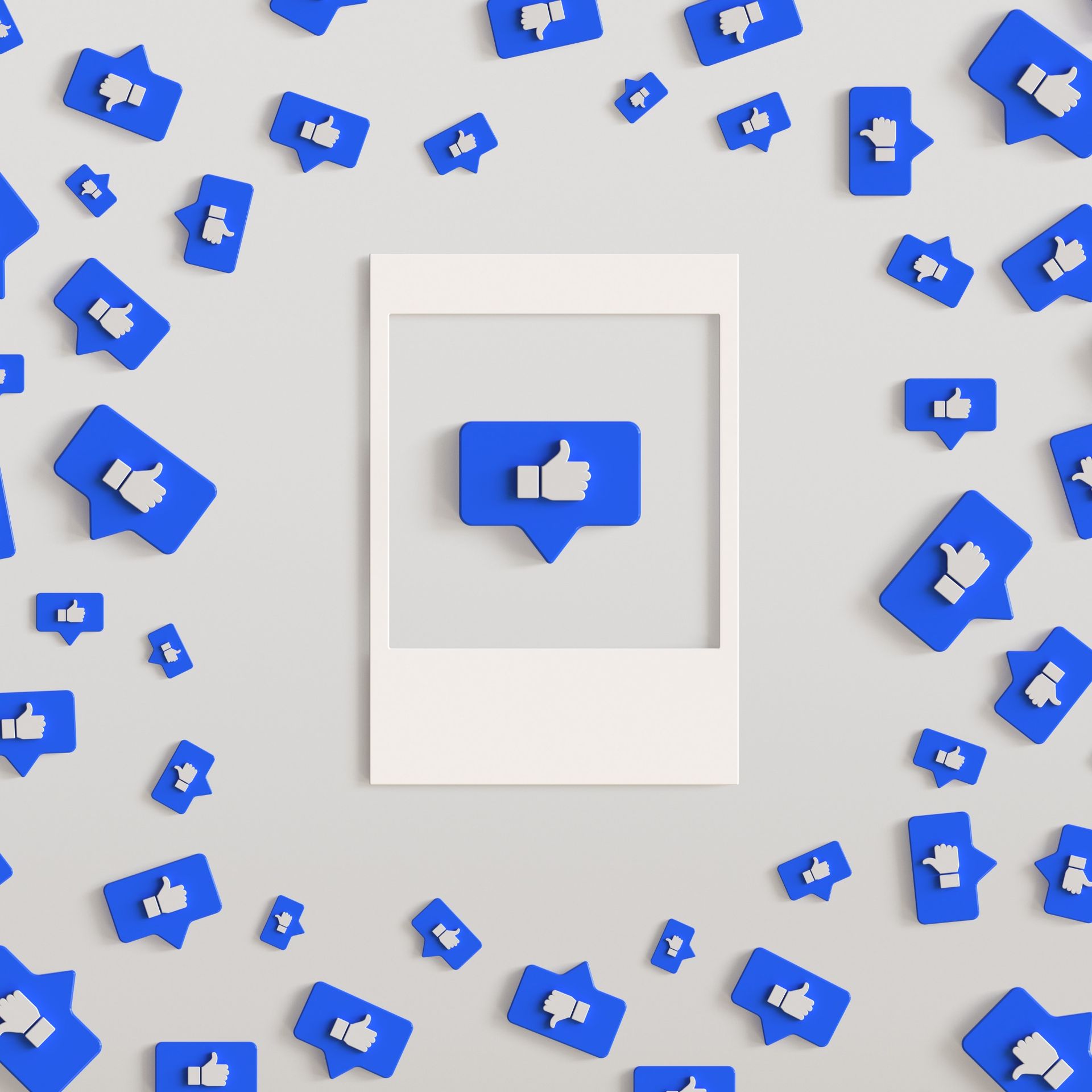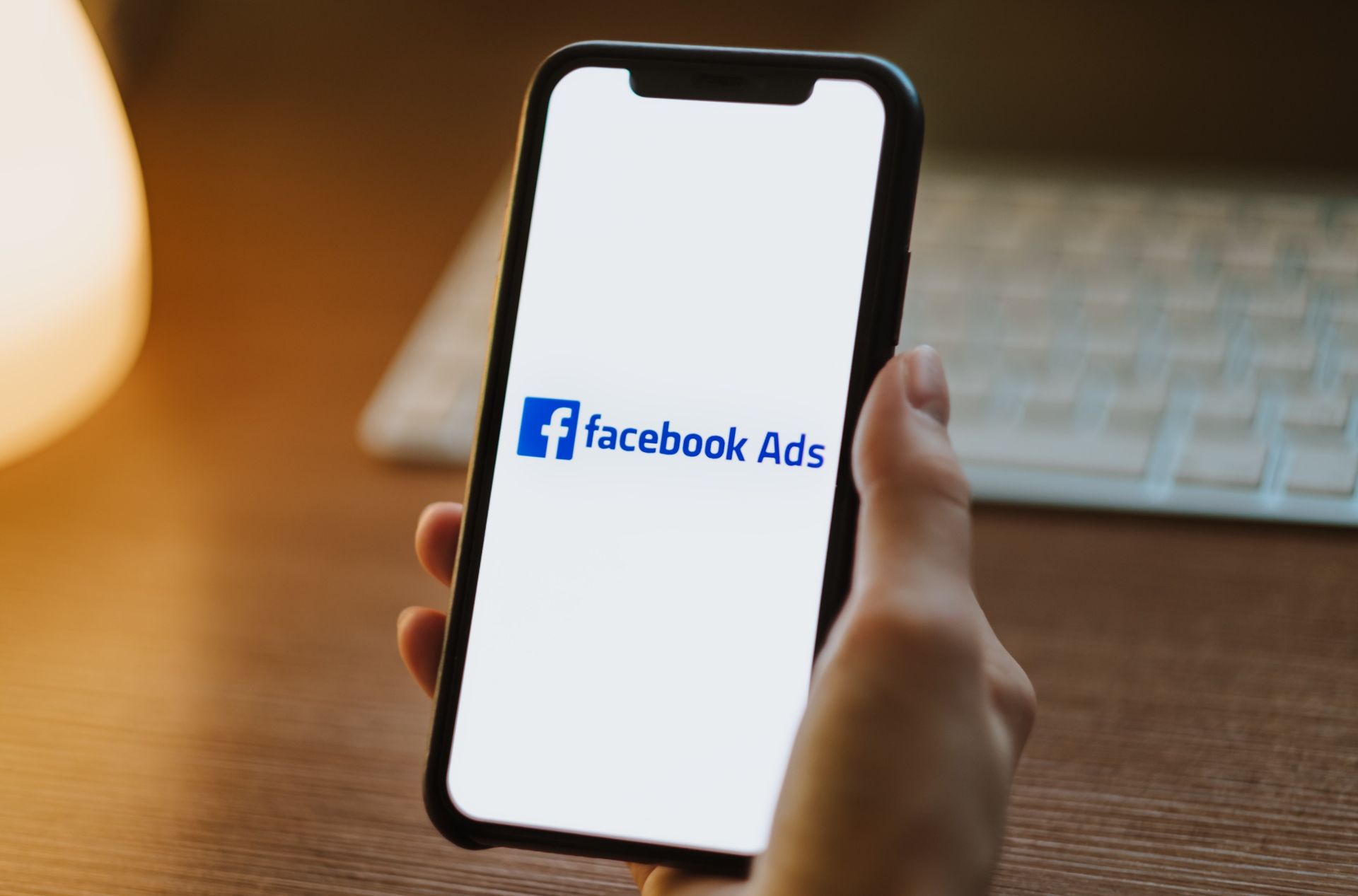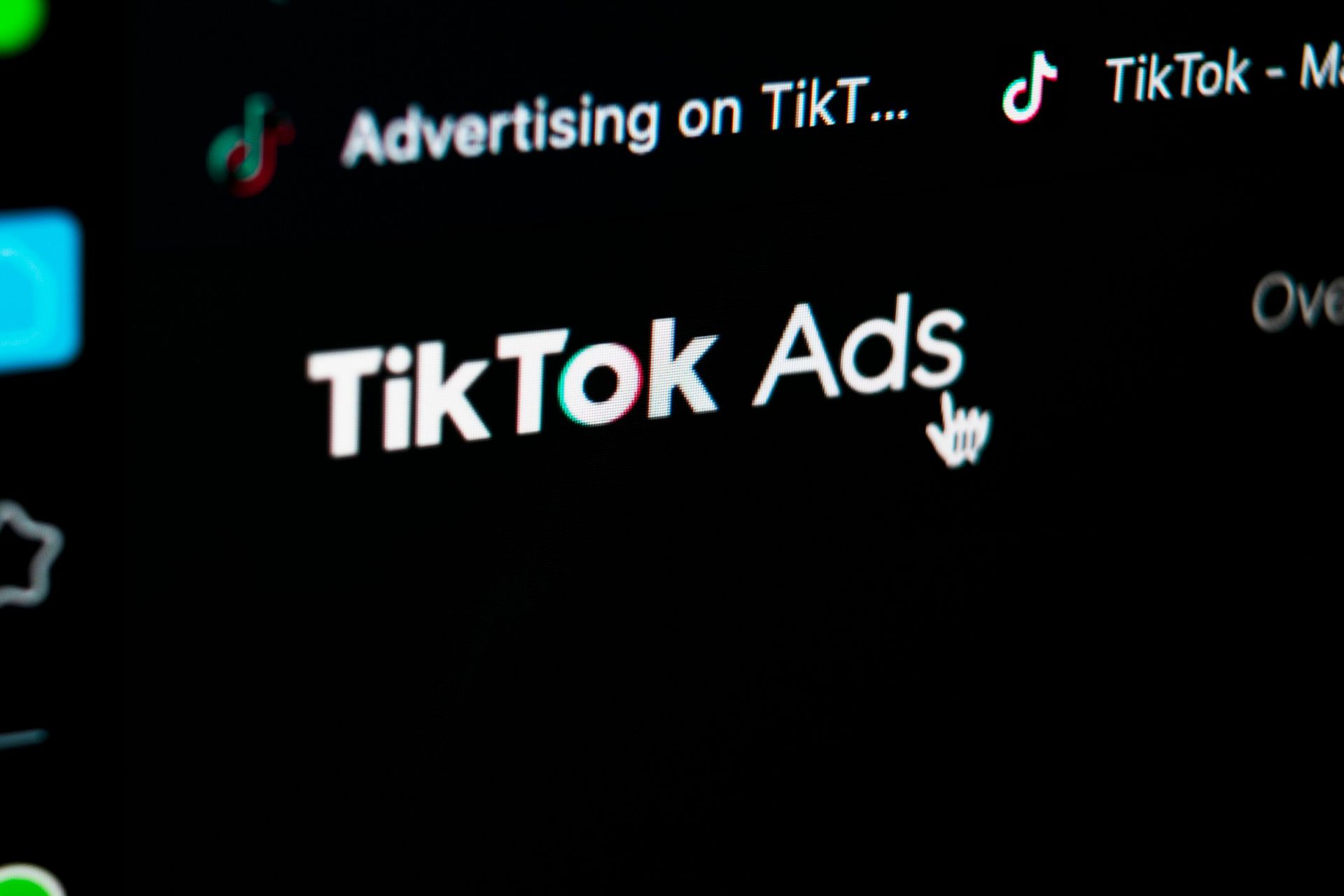Digital Advertising Showdown: Google Ads and Facebook Ads
In digital marketing, few decisions are as critical as choosing the right ad network. The debate between Google Ads and Facebook Ads is a common one among marketers. Each platform offers unique strengths and opportunities, making the choice a strategic one that can significantly impact your marketing success.
This blog post aims to dissect the Google Ads vs. Facebook Ads debate, offering insights into which platform might serve your business goals more effectively.
We'll explore the strengths of each network, compare their features, and provide guidance on how to choose the best option for your needs.
Understanding the Basics of Google Ads
Google Ads is a powerful pay-per-click (PPC) advertising platform that allows businesses to display ads on Google's search engine results pages (SERPs) and across its extensive Display Network. The core appeal of Google Ads lies in its vast reach and intent-driven approach.
The primary advantage of using Google Ads is its ability to connect advertisers with potential customers actively searching for related products or services. This intent-driven model means that users are more likely to convert as they are already interested in what you offer. Additionally,
Google Ads offers a range of ad formats, including text, display, shopping, and video ads, providing flexibility in how you reach your audience.
Google's reach is unmatched, with billions of search queries processed daily. This global reach ensures that your ads can potentially be seen by a vast audience, enhancing your brand visibility and reach across different regions.
Unpacking the Strengths of Facebook Ads
Facebook Ads, on the other hand, operates on a social media advertising model, leveraging the extensive data collected from its users to offer highly targeted advertising. With over 3.65 billion monthly active users, Facebook provides businesses with a massive pool of potential customers.
One of the core strengths of Facebook Ads is its advanced targeting capabilities. Advertisers can target users based on demographics, interests, behaviors, and even life events, allowing for precise audience segmentation.
This level of targeting ensures that your ads are shown to users who are most likely to be interested in your products or services.
Creative ad formats are another hallmark of Facebook Ads. From image and video ads to carousel and slideshow formats, Facebook allows businesses to engage users through visually appealing content. The platform's focus on engagement encourages interactions, likes, shares, and comments, helping brands build a strong online presence.
Cost-Effectiveness Which Platform Offers Better Value?
Cost is a crucial factor when choosing between Google Ads and Facebook Ads. Both platforms operate on a bidding model, allowing advertisers to set budgets and bid amounts. However, the cost-effectiveness of each platform can vary depending on your industry, target audience, and campaign goals.
Google Ads typically charges per click, with costs varying based on factors such as keyword competitiveness and ad quality. This model is ideal for businesses seeking measurable results tied directly to user actions. However, costs can escalate in competitive industries, making budget management essential.
Facebook Ads follow a cost-per-impression (CPM) model, where advertisers pay for every 1,000 impressions. This model is well-suited for businesses looking to increase brand awareness and engage users through captivating visuals. Facebook's precise targeting can help optimize ad spend by ensuring your ads reach the right audience.
Audience Intent and Engagement Comparing User Behavior
Understanding user behavior on each platform is crucial for selecting the right ad network. Google Ads caters to users with high purchase intent—those actively searching for specific products or services. This intent-driven nature often results in higher conversion rates, making Google Ads ideal for businesses focused on driving sales.
In contrast, Facebook Ads targets users based on interests and behaviors, often reaching them during leisure time. While this approach may lead to lower immediate conversion rates, it excels in building brand awareness and fostering long-term engagement. Facebook's emphasis on engagement encourages users to interact with content, share it with friends, and follow brand pages.
Ad Formats and Creative Opportunities
Both Google Ads and Facebook Ads offer a variety of ad formats, but their creative opportunities differ significantly. Google Ads provides text-based search ads, display ads, shopping ads, and video ads through YouTube. This diverse range allows businesses to tailor their messaging to suit different stages of the buyer's journey.
Facebook Ads, however, shines in its visual storytelling capabilities. The platform's carousel ads allow businesses to showcase multiple products or features in a single ad unit, while video ads enable brands to convey compelling narratives. These creative options make Facebook an excellent choice for businesses seeking to engage users with visually appealing content.
Targeting Precision How Each Platform Reaches Your Audience
Targeting precision is a key differentiator between Google Ads and Facebook Ads. Google's intent-driven targeting relies on keywords and search queries, allowing businesses to reach users actively seeking specific information. This approach ensures that your ads appear to users with higher purchase intent.
Facebook Ads, on the other hand, utilizes demographic, interest, and behavioral data to reach users who fit specific profiles. Advertisers can target users based on factors such as age, location, interests, and even past interactions with your brand. This level of granularity allows businesses to tailor their messaging to different audience segments effectively.
Conversion Tracking and Analytics
Effective conversion tracking and analytics are essential for measuring the success of your advertising campaigns. Both platforms offer robust tools to monitor performance, track conversions, and analyze user behavior.
Google Ads provides detailed insights into ad performance, click-through rates, and conversion metrics. With tools like Google Analytics, advertisers can track user interactions on their websites and optimize campaigns based on data-driven insights. This level of transparency allows businesses to refine their strategies for better results.
Facebook Ads Manager offers similar capabilities, allowing advertisers to track metrics such as clicks, impressions, and engagement. Facebook Pixel, a tracking code placed on your website, provides valuable data on user behavior, helping you understand how users interact with your brand after clicking on an ad.
Integration with Other Marketing Channels
When considering which ad network to choose, it's essential to evaluate how well each platform integrates with your overall marketing strategy. Google Ads seamlessly integrates with Google Analytics, providing a comprehensive view of user behavior across various touchpoints. This integration allows businesses to measure the impact of their ads on website traffic, conversions, and user engagement.
Facebook Ads, on the other hand, offers integration with Instagram, enabling advertisers to extend their reach to a broader audience. This cross-platform approach is particularly beneficial for businesses targeting a younger demographic, as Instagram's user base continues to grow.
Choosing the Right Platform for Your Business Goals
Ultimately, the decision between Google Ads and Facebook Ads should align with your business goals and objectives. Consider factors such as your target audience, budget, campaign goals, and the type of products or services you offer.
If your primary goal is to drive immediate sales and conversions, Google Ads' intent-driven model may be more suitable. On the other hand, if you're looking to build brand awareness, foster engagement, and connect with users on a personal level, Facebook Ads' precise targeting and creative options may be the better choice.
Conclusion
In the battle between Google Ads and Facebook Ads, there's no one-size-fits-all answer. Each platform offers distinct advantages and caters to different aspects of your marketing strategy. By understanding your business goals, target audience, and campaign objectives, you can make an informed decision that maximizes your advertising efforts.
Remember that both platforms can complement each other, allowing you to reach a broader audience and achieve diverse marketing goals. Whether you're aiming for immediate conversions or long-term brand engagement, the right choice will depend on aligning your strategies with the unique strengths of each ad network.
Are You Struggling with Your Ads Campaigns?
It's time to bring in the experts! At
Socialyze Marketing, we specialize in creating compelling ad campaigns. Our team of seasoned professionals can help you implement the best practices outlined in this guide efficiently and effectively. Contact Socialyze Marketing today and give your visitors the fast, seamless experience they deserve.

